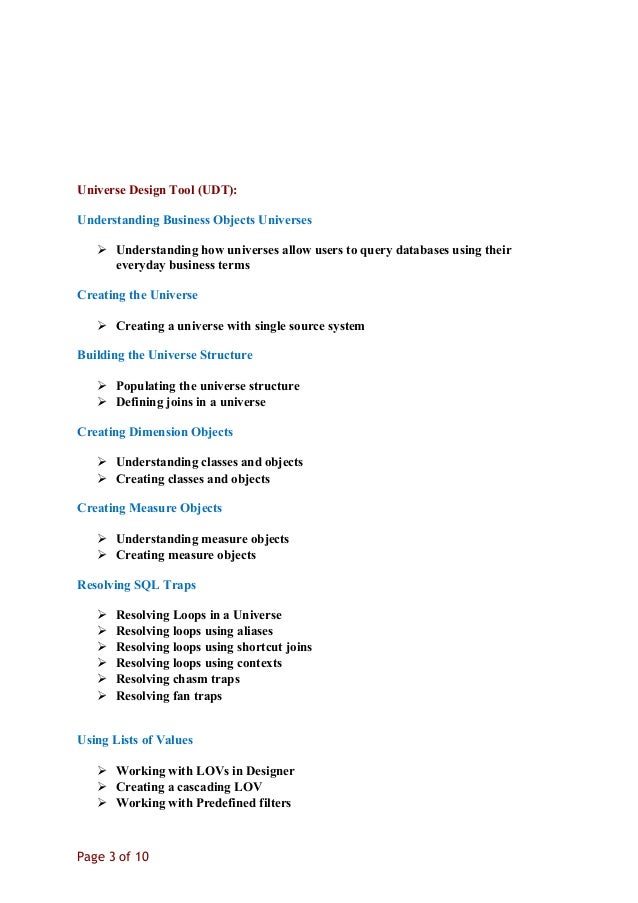

#Usmle practice test 138 free#
Aquaporins are the water channels that allow for the reabsorption of free water from the collecting ducts and the production of concentrated urine.

F – While staph aureus is the most common cause of hematogenous osteomyelitis in children, Salmonella is the most frequent cause for patients with sickle cell anemia (a test favorite).Now, a right lower quadrant lesion that causes pain and hematochezia, particularly in a child? Then you would get to think of Meckel’s (with its rule of 2′s). Classic history (sudden onset colicky pain, palpable mass). B – You are seeing a tube inside of a tube in the pathology specimen.Hypercalcemia is characterized by the rhyming symptoms of: stones (renal, biliary), bones (including bone pain to osteitis fibrosa cystica), groans (abdominal pain, n/v), thrones (polyuria, constipation), and psychiatric overtones (from depression to coma). E – Functional parathyroid adenomas can cause elevated parathyroid hormone (PTH), which results in hypercalcemia and hypophosphatemia.bad finger biting) is one of the more specific clinical features. Vulnerable child syndrome is characterized by unreasonable parental anxiety. The child is in overall reasonable health with only mild symptoms. This child doesn’t have SCID, so going to school isn’t going to kill them. E – Parents can be overly protective of their children with chronic diseases (diabetes, lupus, etc).Associated fun fact: the most common cause of secondary amenorrhea is pregnancy. C – Acute abdominal pain in a fertile woman is very frequently going to be an ectopic question.The new 2016 set is out and has around 50 new questions, which are discussed here. The questions and explanations for last year (2013-14) can still be found here. I can’t reproduce the questions themselves of course as they’re uber-copyrighted.Īn asterisk means it’s a new question (of which there are around 84). The 2015-16 set has no new questions (a few have actually been removed), so this is still current. Using the official 2014-15 “USMLE Step 1 Sample Test Questions,” (cached version here) I’ve written explanations and take home points for each of the 138 questions (the “Free 150”).


 0 kommentar(er)
0 kommentar(er)
